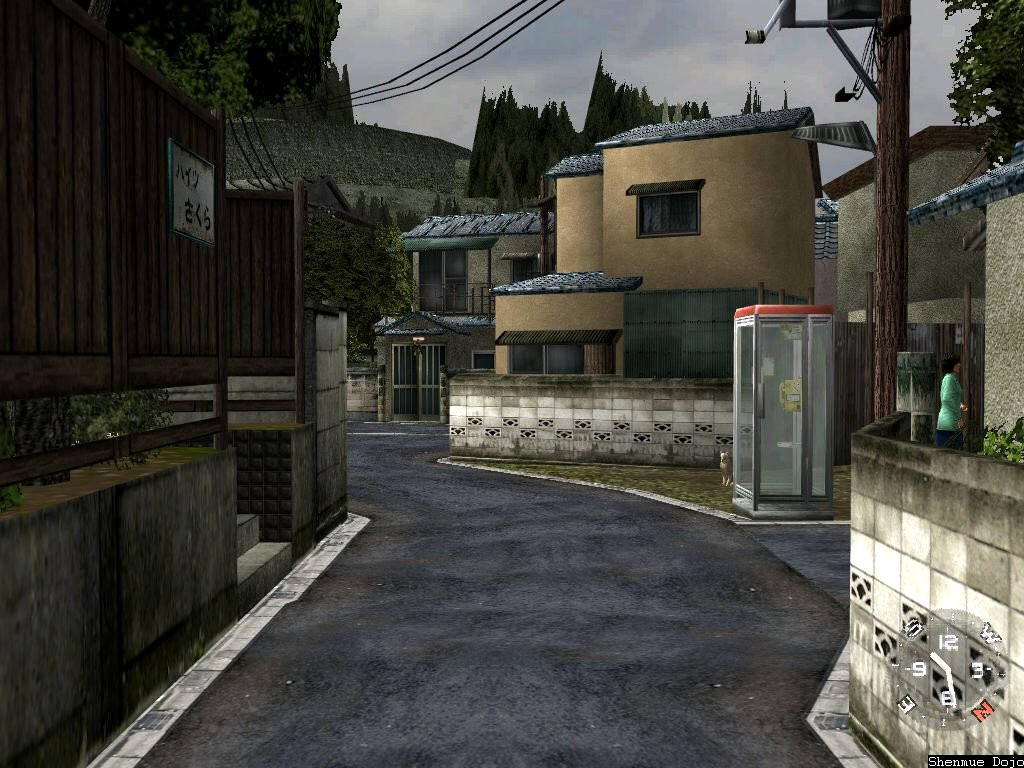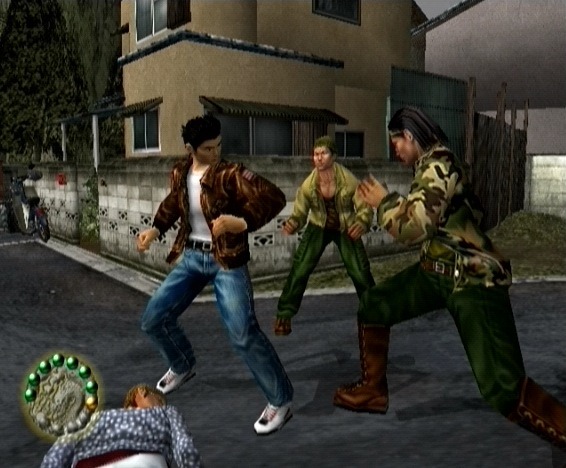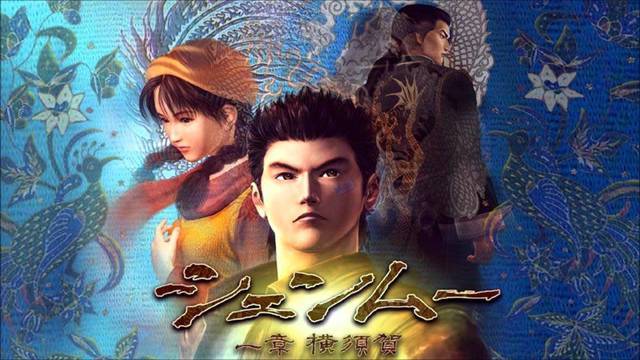Back in 1996, legendary Sega designer/producer Yu Suzuki proposed the creation a Virtua Fighter RPG, telling the coming-of-age story of Bajiquan master Akira. Similar to Ryu from the Street Fighter series, he is a character who travels the world to test his abilities. But Suzuki had a grand design for this game, and used a concept he called “borderless development” to design the game hiring people from outside of the gaming industry: a director, a playwright, a screenwriter, and even an architect worked on what would become Shenmue.
Before production started in 1998, Sega decided to create a new franchise with a new main character, Ryo Hazuki. There would still be Virtua Fighter combat, of course, but it would all be in the context of an expansive martial arts narrative set in the 1980s.
Setting

In Yokosuka, Japan in 1986, Ryo witnesses his father killed by the evil Lan Di. Never forgetting about his revenge, he sets out on a quest to wander around the city and ask people questions about his father’s murder.
For a lot of people, this was the weakest part of the game. This kind of detective work slowed down the plot so that little actually happened in the first game. There was a lot of wandering around, soaking in the city life, but meanwhile the Lan Di is never even seen except in flashbacks. The story was paced out like the hero’s journey in a book series rather than a video game.
But this was also the series’ unique strength. The slow pacing allowed for complete immersion into the setting, and the city of Yokosuka became a character in itself. The beautiful and detailed environments still hold up today.
Gameplay

Shenmue is like some kind of beautiful union between a sandbox game and an adventure game. You can’t just run around and get into a giant chase with the cops like in Grand Theft Auto, but instead Ryo’s daily life contains a balance of routine and ritual as opposed to pushing forward and progressing the story. You could spend the entire game just playing arcade games every day or practicing martial arts in an empty lot, but actually finding your father’s killer required you to do some detective work and explore the city.
Here’s a bit of a paradox: I’m not a fan of fighting games but I’m an enormous fan of games with fighting elements. When I boot up a fighting game, what’s the impetus for me to open the command list and learn all the moves? Nothing, except to beat the other guy (unless you’re better at button mashing than your friend). There’s no other context within the game itself that requires the player to get better. So, you buckle down and do some research and try out different moves. The moves are all there, but you have to memorize button combos. It’s not very fun.
For Shenmue, you’re constantly practicing to get better than Lan Di. You know a few simple moves at first and build from there. You can practice them on your own, sure, but you learn more techniques from the people you meet. If a homeless person uses quick feet to evade you, you learn from him. Life is Ryo’s teacher, not a command list. So, naturally and gradually, he learns fighting moves in the hope that one or all of them will someday crush the evil Lan Di.
What hasn’t aged so well is the quick time events. While they were new and refreshing at the time of Shenmue‘s release, they always suffered from some of the problems that QTEs suffer from today: repetitive frustration, especially when your reaction times are not fast enough.
Conclusion

A game like Shenmue is not everyone’s cup of tea, but I enjoyed the daily grind and detective work it took to find track down Ryo’s father’s killer. It’s like playing a game as the most powerful samurai wandering among peasants, only you’re an ‘80s kid who wears a bomber jacket and lives in a dojo.
Its legacy lives on as one of the most unique and expensive productions in gaming history. And, of course, its story will continue in the recently-Kickstarted Shenmue 3.
Image sources: gamecrate.com; neogaf.com; juste-geek.com; shenmue.wikia.com







Published: Nov 28, 2015 11:39 am